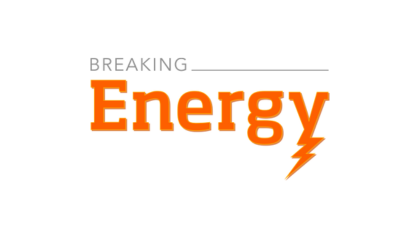
Denmark has been a European haven for cleantech companies seeking to install new renewable energy infrastructure. As other European countries have labored under the impacts of an economic slowdown rooted in a currency and sovereign debt crisis, Denmark – still outside the eurozone if closely linked to it – has remained comparatively committed to ambitious clean energy goals.
Situated on a windy peninsula that divides the North and Baltic seas, Denmark has turned to wind power as an obvious mechanism for building out its clean energy capacity. Huge windmills turning serenely along the water are a feature of the above video, as are interviews with a number of officials, energy industry executives and politicians attending a recent European Wind Energy Association meeting. Keep reading →
 Downtown Baltimore’s Inner Harbor.
Downtown Baltimore’s Inner Harbor.








